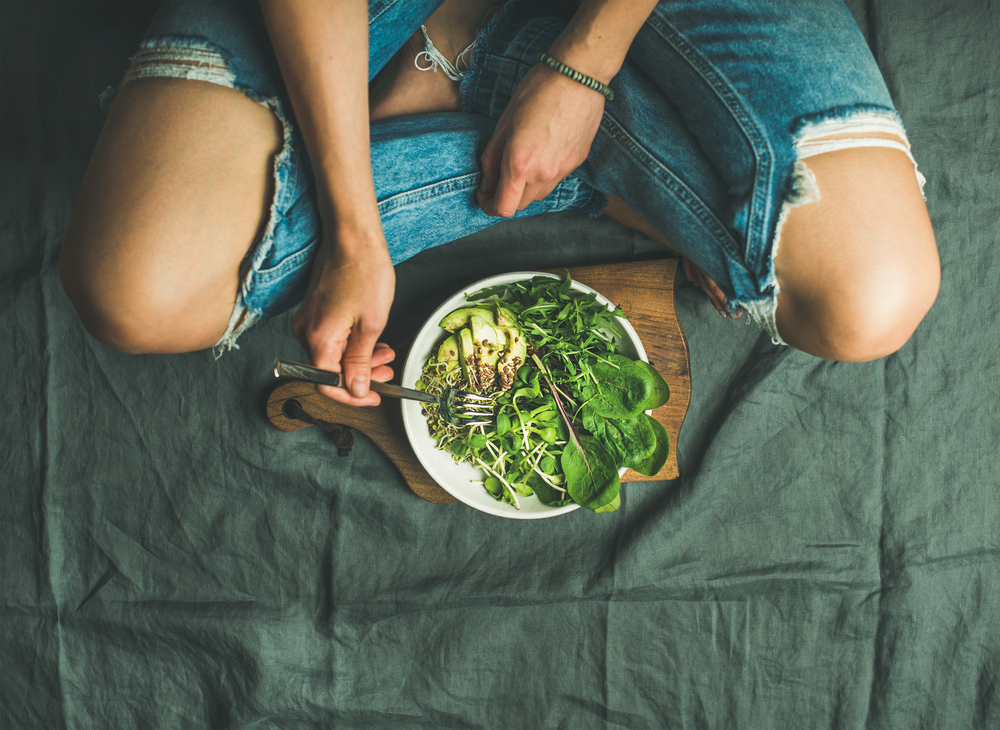
06 Jan What is Whole30?
You’ve most likely heard the term Whole30 by now and may even know someone who’s risen to the challenge. Created by a pair of nutritionists in 2009, it’s a month-long program that involves eliminating the most common craving-inducing, blood sugar disrupting, gut-damaging, inflammatory food groups from your diet.
Translation? No sugar, alcohol, grains, dairy, legumes (and plenty of other fine print) for a month. Sounds intense, right? But it can be done!
Unlike other diets, the focus of Whole30 is to identify intolerances that you may not have realized were negatively affecting your health. And it goes beyond just the food you eat; it’s also about resetting your habits & emotional relationship with food.
THE RULES.
YES. Eat Real Food
Eat meat, seafood, and eggs; vegetables and fruit; natural fats; and herbs, spices, and seasonings. Eat foods with a simple or recognizable list of ingredients, or no ingredients at all because they’re whole and unprocessed.
For a full list of what you CAN eat, have a look here.
No. Avoid for 30 Days
- No added sugar (real/artificial). This includes maple syrup, honey, agave, date syrup etc.
- No alcohol. In any form, not even for cooking. (and ideally no tobacco)
- No grains. This includes (but is not limited to) wheat, rye, barley, oats, corn, rice, millet, bulgur, sorghum, sprouted grains, and all gluten-free pseudo-cereals like quinoa, amaranth, and buckwheat.
- No legumes. This includes beans of all kinds, peas, chickpeas, lentils, and peanuts. No peanut butter, either. This also includes all forms of soy: soy sauce, miso, tofu, tempeh, edamame, and soy lecithin.
- No dairy. This includes cow, goat, or sheep’s milk products like milk, cream, cheese, kefir, yogurt, sour cream, ice cream, or frozen yogurt.
- No MSG, carrageenan or sulphites.
- No junk foods or treats with “approved ingredients”. Even if the ingredients are technically compliant, these are the same foods that got you into health-and-craving trouble in the first place—and a pancake is still a pancake, even if it’s made with coconut flour.
- Do not step on the scale or take any body measurements for 30 days. If you focus only on body composition, you’ll overlook all of the other dramatic, lifelong benefits this plan has to offer.
THE FINE PRINT
These foods are exceptions to the rule, and are allowed during your Whole30.
- Ghee or clarified butter. These are the only source of dairy allowed. Plain old butter is NOT allowed, as you may be sensitive to the milk proteins found in non-clarified butter.
- Fruit juice. Some products or recipes will include fruit juice as a stand-alone ingredient or natural sweetener, which is fine for the purposes of the Whole30.
- Certain legumes. Green beans, sugar snap peas, and snow peas are allowed.
- Vinegar and botanical extracts. Most vinegar (including white, red wine, balsamic, apple cider, and rice) and alcohol-based botanical extracts (like vanilla, lemon, or lavender) are allowed. (Just not malt-based vinegar or extracts, which will be clearly labeled as such, as they contain gluten.)
- Coconut aminos. All brands of coconut aminos (a brewed and naturally fermented soy sauce substitute) are acceptable, even if you see the words “coconut nectar” or “coconut syrup” in their ingredient list.
- Salt. Did you know that all iodized table salt contains sugar? Sugar (often in the form of dextrose) is chemically essential to keep the potassium iodide from oxidizing and being lost. Because all restaurants and pre-packaged foods contain salt, salt is an exception to our “no added sugar” rule.



koketso
Posted at 10:42h, 14 FebruaryVery helpful thank you